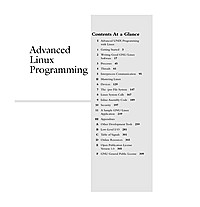
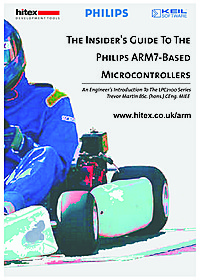
An Engineer's Guide to the LPC2100 Series
This book is intended as a hands-on guide for anyone planning to use the Philips LPC2000 family of microcontrollers in a new design. It is laid out both as a reference book and as a tutorial. It is assumed that you have some experience in programming microcontrollers for embedded systems and are familiar with the C language. The bulk of technical information is spread over the first four chapters, which should be read in order if you are completely new to the LPC2000 and the ARM7 CPU.
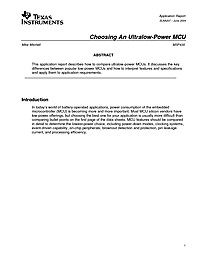
Choosing An Ultralow-Power MCU
This application report describes how to compare ultralow-power MCUs. It discusses the key differences between popular low-power MCUs and how to interpret features and specifications and apply them to application requirements
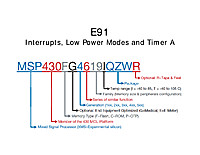
Interrupts, Low Power Modes and Timer A
This document contains a lot of what you need to know to get the most out of the MSP430. The MSP430 line is renowned for it's low power usage, and to really utilize it well you have to architect your software to be an interrupt driven device that utilizes the low power modes.

PID Without a PhD
PID (proportional, integral, derivative) control is not as complicated as it sounds. Follow these simple implementation steps for quick results.
Reed-Solomon Error Correction
[Best paper on Reed-Solomon error correction I have ever read -- and it's from the BBC!] Reed-Solomon error correction has several applications in broadcasting,in particular forming part of the specification for the ETSI digital terrestrial television standard, known as DVB-T. Hardware implementations of coders and decoders for Reed-Solomon error correction are complicated and require some knowledge of the theory of Galois fields on which they are based. This note describes the underlying mathematics and the algorithms used for coding and decoding,with particular emphasis on their realisation in logic circuits. Worked examples are provided to illustrate the processes involved.
Memory allocation in C
This article is about dynamic memory allocation in C in the context of embedded programming. It describes the process of dynamically allocating memory with visual aids. The article concludes with a practical data communications switch example which includes a sample code in C.
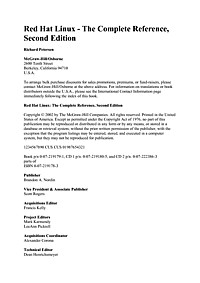
Red Hat Linux - The Complete Reference
This book identifies seven major Linux topics: basic setup, environments and applications, the Internet, servers, administration, and network administration. These topics are integrated into the different ways Red Hat presents its distribution: as a desktop workstation, network workstation, server, and development platform
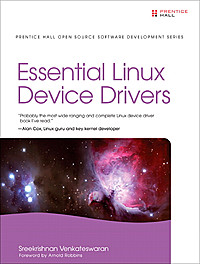
Essential Linux Device Drivers
This book is about writing Linux device drivers. It covers the design and development of major device classes supported by the kernel, including those I missed during my Linux-on-Watch days. The discussion of each driver family starts by looking at the corresponding technology, moves on to develop a practical example, and ends by looking at relevant kernel source files. Before foraying into the world of device drivers, however, this book introduces you to the kernel and discusses the important features of 2.6 Linux, emphasizing those portions that are of special interest to device driver writers.
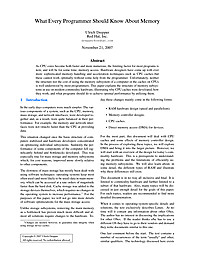
CPU Memory - What Every Programmer Should Know About Memory
As CPU cores become both faster and more numerous, the limiting factor for most programs is now, and will be for some time, memory access. Hardware designers have come up with ever more sophisticated memory handling and acceleration techniques–such as CPU caches–but these cannot work optimally without some help from the programmer. Unfortunately, neither the structure nor the cost of using the memory subsystem of a computer or the caches on CPUs is well understood by most programmers. This paper explains the structure of memory subsystems in use on modern commodity hardware, illustrating why CPU caches were developed, how they work, and what programs should do to achieve optimal performance by utilizing them.
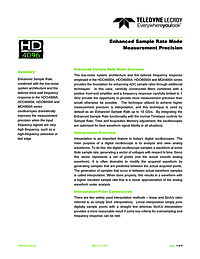
Enhanced Sample Rate Mode Measurement Precision
The low-noise system architecture and the tailored frequency response employed in the HDO4000A, HDO6000A, HDO8000A and MDA800A series provides the foundation for enhancing ADC sample rates through additional techniques. In this case, carefully constructed filters combined with a pristine front-end amplifier and a frequency response carefully limited to 1 GHz provide the opportunity to provide more measurement precision than would otherwise be possible. The technique utilized to achieve higher measurement precision is interpolation, and this technique is used by default as an Enhanced Sample Rate up to 10 GS/s. By integrating the Enhanced Sample Rate functionality with the normal Timebase controls for Sample Rate, Time and Acquisition Memory adjustment, the oscilloscopes are optimized for best waveform signal fidelity in all situations.
Demystifying digital signal processing (DSP) programming: The ease in realizing implementations with TI DSPs
Introduced by Texas Instruments over thirty years ago, the digital signal processor (DSP) has evolved in its implementation from a standalone processor to a multicore processing element and has continued to extend in its range of applications. The breadth of software development tools for the DSP has also expanded to accommodate diverse sets of programmers. From small, low power, yet “smart” devices with applications such as voice and image recognition, to multicore, high-performance compute platforms performing real-time data analytics, the opportunities to achieve the low-power processing efficiencies of DSPs are nearly endless. The TI DSP has benefited from a relatively unique tool suite evolution making it easy and effective for the general programmer and the signal processing expert alike to quickly develop their application code. This paper addresses how TI DSP users are able to achieve the high performance afforded by the TI DSP architecture, in an efficient, easy-to-use development environment.
Electrical Ground Rules Part 3
Best Practices for Grounding Your Electrical Equipment Examining the role of ground as a voltage stabilizer and transient limiter, along with tips on improving safety and signal integrity (Part 3 of 3)
Transforming 64-Bit Windows to Deliver Software-Only Real-Time Performance
Next-generation industrial, vision, medical and other systems seek to combine highend graphics and rich user interfaces with hard real-time performance, prioritization and precision.Today’s industrial PCs running 64-bit Windows, complemented by a separate scheduler on multicore multiprocessors, can deliver that precise real-time performance on software-defined peripherals.
Electrical Ground Rules Part 1
Best Practices for Grounding Your Electrical Equipment A look at circuit grounding and its importance to you, as well as the US AC power system and its use of earth ground (Part 1 of 3)
Guide to designing a device incorporating MEMSbased pico projection
Over the last few years, millions of products incorporating pico projection have shipped, and developers are innovating new applications for this rapidly growing display category. Ideal applications for pico projection include near eye display, interactive digital signage, head mounted display, ultra short throw (UST) TV, standalone portable projectors and embedded projection in smartphones, tablets and laptops. New uses continue to emerge; for example, you might be able imagine a design for a thermostat using a display powered by gesture recognition or interactive touch.
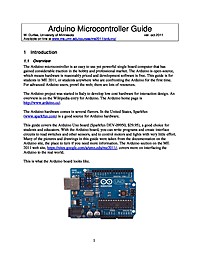
Arduino Microcontroller Guide
The Arduino microcontroller is an easy to use yet powerful single board computer that has gained considerable traction in the hobby and professional market. The Arduino is open-source, which means hardware is reasonably priced and development software is free. This guide is for students in ME 2011, or students anywhere who are confronting the Arduino for the first time. For advanced Arduino users, prowl the web; there are lots of resources.
High Performance Systems, Applications and Projects
This book addresses a wide spectrum of research topics of embedded systems, including parallel computing, communication architecture, application-specific systems, and embedded systems projects.
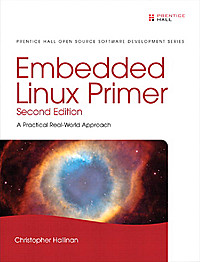
Embedded Linux Primer
This book brings together indispensable knowledge for building efficient, high-value, Linux-based embedded products: information that has never been assembled in one place before. Drawing on years of experience as an embedded Linux consultant and field application engineer, Christopher Hallinan offers solutions for the specific technical issues you're most likely to face, demonstrates how to build an effective embedded Linux environment, and shows how to use it as productively as possible.
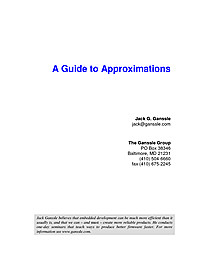
A Guide to Approximations
Most embedded processors don’t know how to compute trig and other complex functions. Programming in C we’re content to call a library routine that does all of the work for us. Unhappily this optimistic approach often fails in real time systems where size, speed and accuracy are all important issues. The compiler’s runtime package is a one-size-fits-all proposition. It gives a reasonable trade-off of speed and precision. But every embedded system is different, with different requirements. In some cases it makes sense to write our own approximation routines. Why?






